Crucial Facelift Aftercare and Recovery Guidelines

Over time, the skin loses elasticity and firmness. People see wrinkles, crow’s feet, and a less defined jawline. It’s normal. But some people make facelifts to restore the youth. To get the best results, follow your doctor’s recommendations for Facelift Aftercare. Let’s look at what to do after a facelift surgery.
Recuperating After Your Facelift
Go home a few hours after this great procedure with a prescription for painkillers. Sleep with your head elevated and use cold compresses to reduce swelling and bruising. Ask someone to help you at home for the first few days.
Dr. Robinson usually removes the drainage tube after a day or two (if it is used). The stitches can be removed after a week. Some mild discomfort for about 10 days to two weeks is normal. Back to work and your average activities!
What to Expect on the Day of Your Facelift Surgery
In our practice, patients go home the same day after their facelift. We provide clear instructions on how to care for yourself, what medications to take, and when to schedule your follow-up appointment.
Stage 1: Post-Op Days 1-6
Follow the post-operative care instructions and keep the area clean to avoid infection.
Day 1: A little dizzy and sleepy after surgery are normal. Ask a loved one to drive you home. So, you may need pain medication to help with any minor discomfort.
Day 2: Your surgeon will schedule a follow-up appointment. They will inspect your incisions, change your bandages, and assess any swelling. The doctor will bandage the area and review your care instructions before sending you home.
Day 3: You will feel better and want to move more. But be careful not to overexert yourself. Bruising and swelling usually peak around days 3 and 4, so continue taking the medications your doctor prescribes.
Days 4-6: You should notice a decrease in swelling and feel more comfortable. If you’re prepared, light housework is usually okay! Just follow the incision care instructions and call your doctor if you notice any unusual swelling or fever.
Stage 2: Days 7–14 Post-op
You may still have some swelling and bruising. It is normal to feel tingling, numbness, or tightness. Although bruising and swelling will gradually decrease, it may take another week or two for them to completely disappear. By the end of this week, many people feel ready to return to work but should avoid strenuous exercise.
Stage 3: Days 15–30
Your doctor will remove your stitches around weeks 3 and 4. The incision sites will have smoothed out. You will feel much better by the three weeks after surgery, but still avoid strenuous exercise. Your incisions may look a little pink, but this will go away. Remember to protect them from sunlight and use sunscreen.
Stage 4: Day 30 and beyond
After a month, it will be hard to tell that you have just had surgery, and you will feel as normal as ever. Any minor swelling, tightness, or numbness that persists should go away quickly. Recovery is different for everyone, and these are just general timeframes, but the better you follow your doctor’s recommendations, the better the outcome will be—your beautiful youthful appearance and wonderful well-being.
Here are a few tips to keep in mind:
- Wear any dressings, bandages, or compression garments your surgeon provides.
- Use a cold compress to reduce swelling for the first week; avoid warm or hot compresses until your surgeon gives you the okay.
- Avoid taking nonsteroidal anti-inflammatory drugs (such as ibuprofen or aspirin) until your doctor says it’s okay.
- Sleep with your head elevated.
- If your doctor says it’s okay, you can use bruise cream.
- Be sure to get plenty of sleep and rest. You’ve just had surgery, so give your body time to heal.
- Plan to take two weeks off from work, even if you work from home.
- Special eating after a facelift is important. Eat light, healthy foods that are easy to chew.
- Stay hydrated by drinking plenty of water.
- Avoid scratching your face, even if it itches. Itching can be relieved in most cases with oral antihistamines.
- Avoid strenuous exercise until the wound is completely healed.
- Use scar creams on the incisions as prescribed by your doctor.
- Protect the incisions with sunscreen.
Activities to Avoid After Facelift
It takes time to recover from a facelift, so it is important to avoid certain activities:
- Avoid vigorous exercise and contact sports, as they can damage healing tissue. Light walking is fine but avoid heavy lifting.
- Smoking can slow healing and increase the risk of complications.
- Avoid harsh scrubs and exfoliants. Use gentle cleansers if needed.
- Sun exposure can damage healing skin. Use sunscreen or wear a hat.
- It is normal to feel itchy but resist the urge to rub or scratch, as this can lead to bleeding and discomfort.
- A facelift will not stop aging, but it will give you a fresher look that can last five to ten years, making you look younger than if you had not had the procedure.
Aftercare after a facelift is important. A facelift will not stop the aging process, but it will give you a fresher, more youthful appearance. The results usually last from five to ten years. Follow all the doctor’s recommendations and enjoy your excellent appearance!
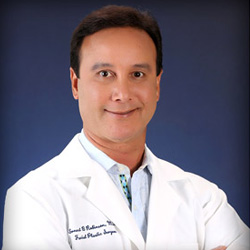
Dr. Ernest Robinson
Facial Plastic Surgeon
With over 28 years of experience, Dr. Ernest B. Robinson, a dual board-certified facial plastic and reconstructive surgeon, leads a Southern California practice. A graduate of Loma Linda University School of Medicine, he specializes in Facial Plastic surgery and corrective surgeries of the Head and Neck. Board-certified by the American Academy of Facial Plastic and Reconstructive Surgery and the American Board of Otolaryngology – Head and Neck Surgery, Dr. Robinson welcomes patients from Aliso Viejo, Irvine, Laguna Hills, Laguna Niguel, Lake Forest, Mission Viejo, and nearby areas at his offices in Aliso Viejo and Laguna Hills, California.
Location: Aliso Viejo and Laguna Hills, California
Areas of Expertise: Facial Plastic and Reconstructive Surgery,Cosmetic and Corrective Surgeries,Patient-Centric Care
Trust Your Face To A
Facial Plastic Surgeon

Testimonials
Patient Testimonials
Surgical Procedures
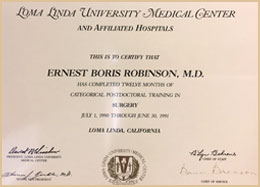
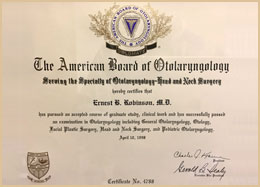
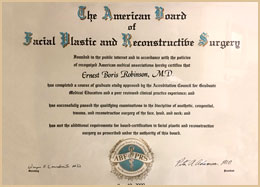
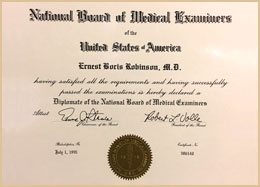
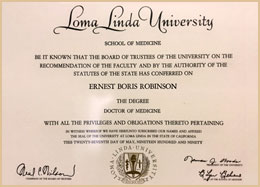

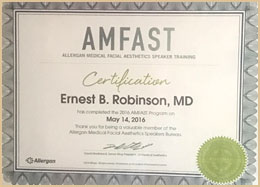
Our Offices
949 831 5900 | 888 355 3223
15 Mareblu ste 340,
Aliso Viejo, CA 92656
24022 Calle De La Plata
Laguna Hills, CA 92653-3626

This website does not contain medical advice and the use of this website does not create a physician/patient relationship between you and Robinson Facial Plastic Surgery. The photographs of models displayed on this web site are for decorative purposes only. See before & after photos for possible results.
Quick Contacts
- Phone : 949 831 5900 | 888 355 3223
- Email : clinic@surgery.co
- Address : 15 Mareblu ste #340, Aliso Viejo, CA 92656
- Country : United States
- Copyright © 2025 Robinson Facial Plastic Surgery
- Technijian. All rights reserved.
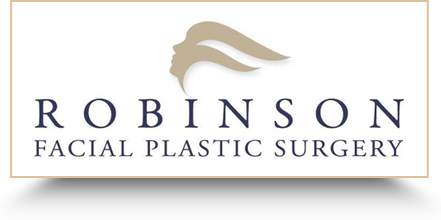

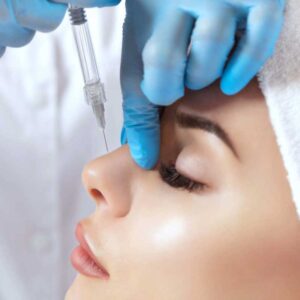

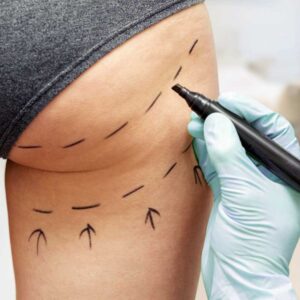
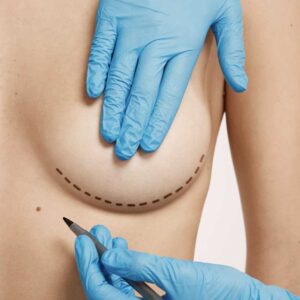

Leave a Reply